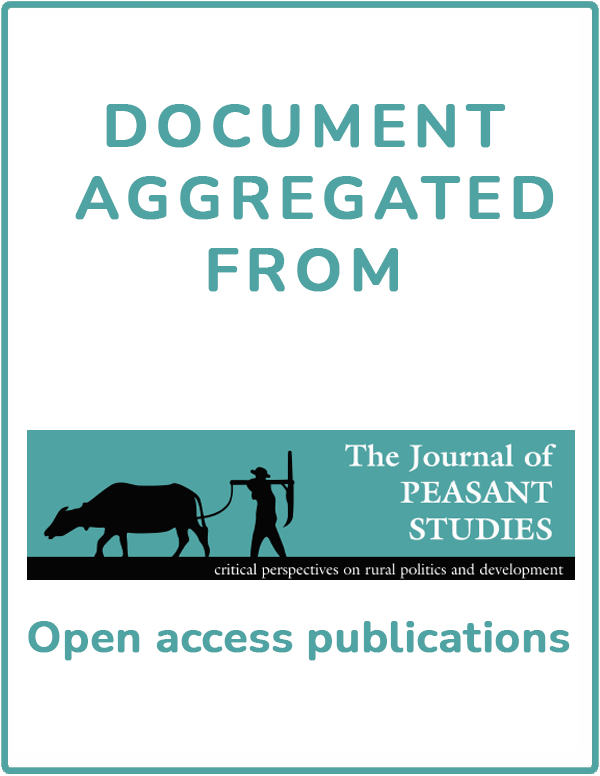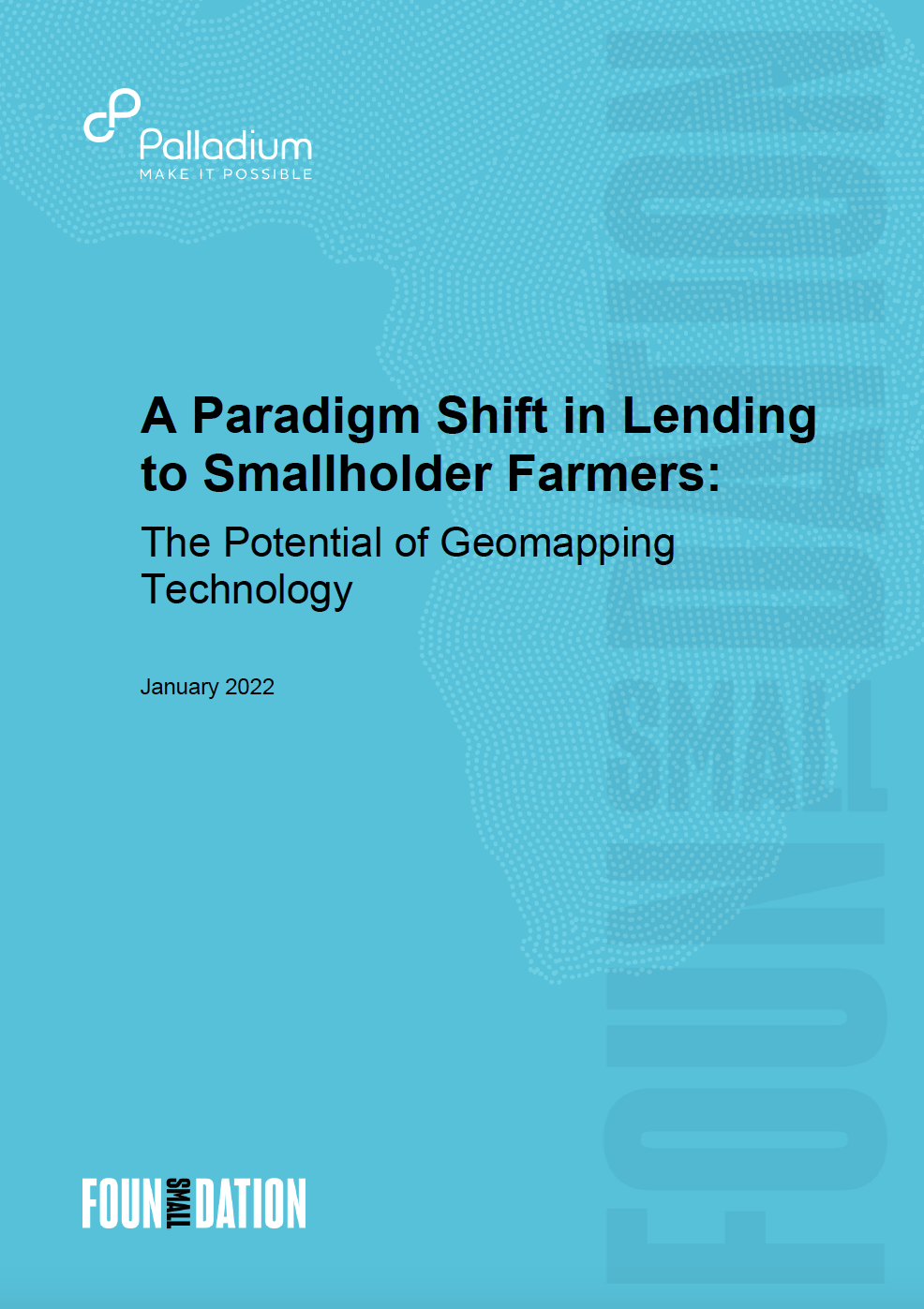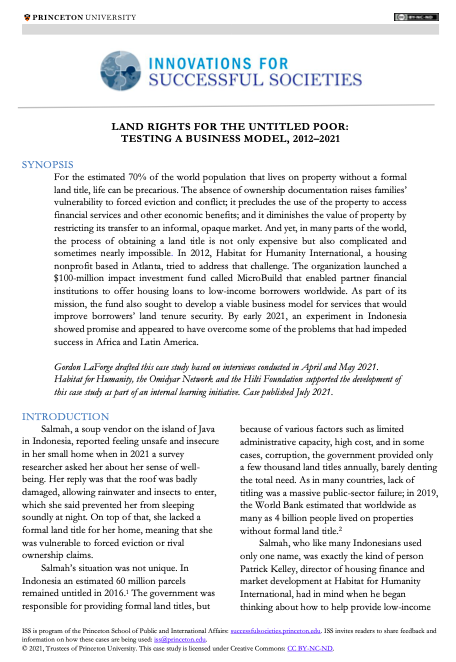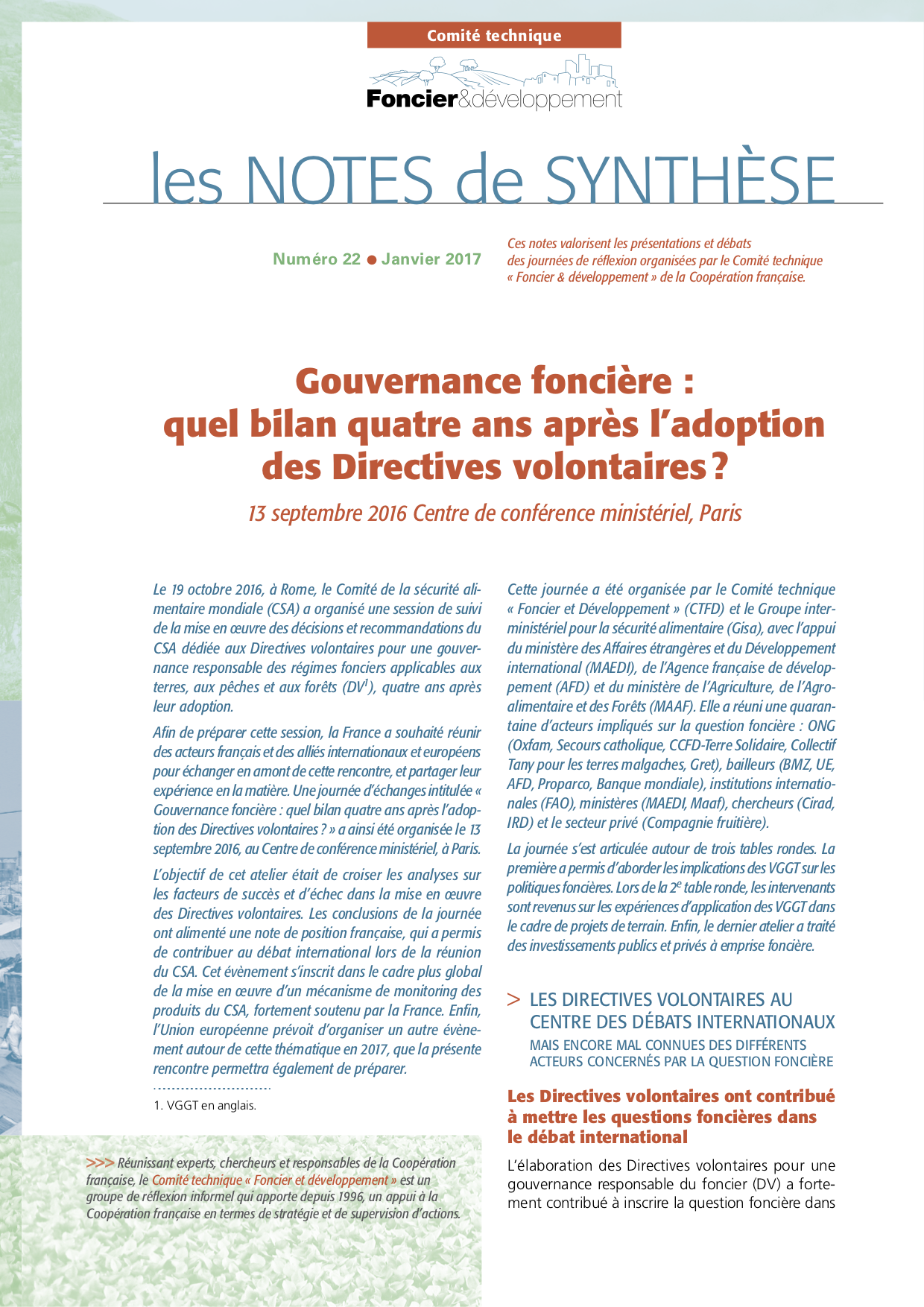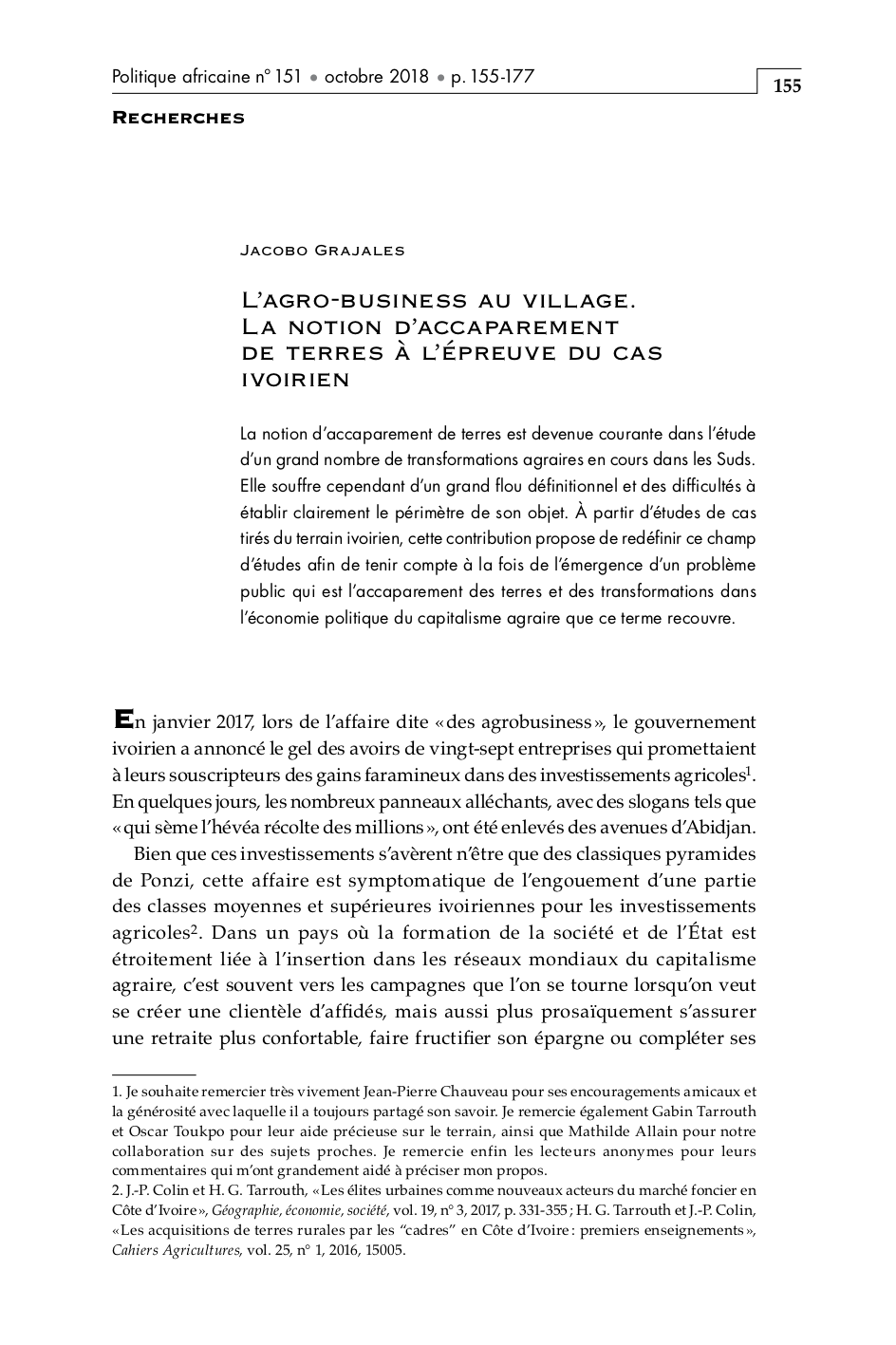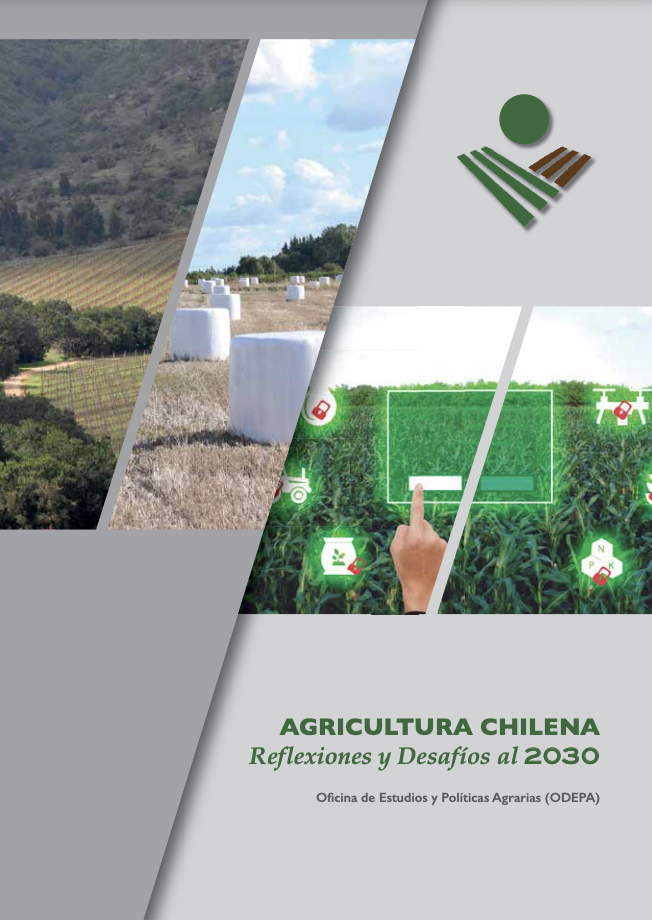The Great Soy Expansion: Brazilian land grabs in Eastern Bolivia
In the last two decades, the best agricultural lands in Bolivia have been put into commercial production by large-scale producers closely linked to foreign investors, particularly Brazilians. Foreigners now control more than one million hectares of prime agricultural and ranching lands in Bolivia, primarily in the eastern lowland department of Santa Cruz, an important agroexport region dominated by transnational corporations and what has been termed “trans-Latina” corporations or TLCs.



